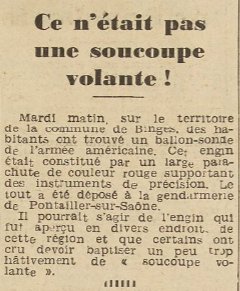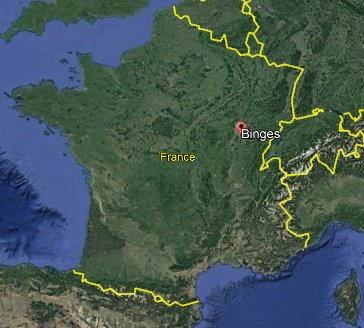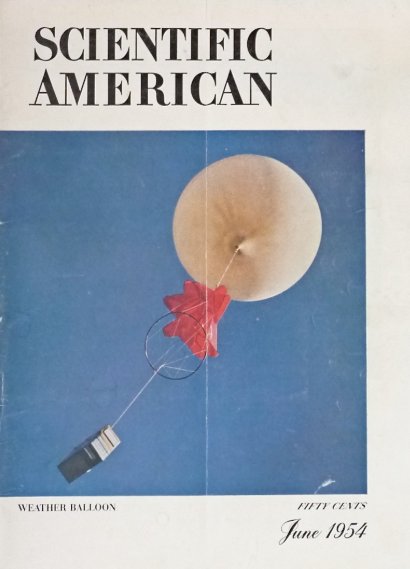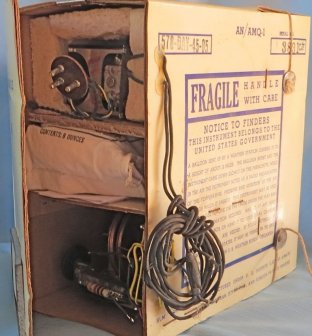
The index page for the 1954 French flap section of this website is here.
Reference for this case: 12-Jan-54-Binges.
Please cite this reference in any correspondence with me regarding this case.
According to a 1982 catalog of ufology group ADRUP, the regional newspaper Le Bien Public, of Dijon, for January 14, 1954, reported that on January 12, 1954, on the territory of the commune of Binges, residents found a sounding balloon of the US Army. It was made of a large red parachute supporting precision instruments. All had been deposited at the gendarmerie of Pontailler.
The newspaper wondered if this could be the craft that had been seen in various parts of this region and that "some thought it was fit to name a bit hastily a 'flying saucer'."
[Ref. bpc1:] NEWSPAPER "LE BIEN PUBLIC":

|
On Tuesday morning, in the territory of the commune of Binges, residents found a weather balloon belonging to the American army. The device consisted of a large red parachute supporting precision instruments. The entire assembly was taken to the gendarmerie in Pontailler-sur-Saône.
It may have been the object seen in various places throughout the region, which some were a bit too quick to label a "flying saucer."
[Ref. via1:] UFOLOGY BULLETIN "VIMANA 21":

|
THURSDAY I4 JANUARY: IT WAS NOT A FLYING SAUCER -
Tuesday morning, on the territory of the commune of Binges, inhabitants found a sounding balloon of the American army. This craft was made of a large red parachute supporting precision instruments. The whole thing was deposited at the gendarmerie of Pontailler. It could be the craft that was seen in various parts of this region. And some thought it necessary to baptize a bit hastily "flying saucer".
The source is given as the newspaper Le Bien Public.

|
I am delighted that the ufology group ADRUP has noted this case while so many ufologists are ignoring cases with a prosaic explanation.
What was found was not exactly a "sounding balloon", but only the radiosonde of a weather balloon with its parachute. The balloon exploded at high altitude, as it happens in principle, and the parachute allows the recovery of the instruments undamaged.

|
Above: on the cover of Scientific American magazine of June 1954, a U.S. Army weather balloon. Under the balloon, the red parachute, under the parachute, the radiosonde. When the balloon goes up, it expands. At very high altitude, it explodes, and the radiosonde descends while being braked by the parachute.
Below: 1950s American radiosondes. The box is usually marked with "United States Government" and instructions for the discoverer to return the device to the authorities.

|
On the other hand, it was speculated by the newspaper that the device may have been mistaken for the "flying saucer" reported in the region. This is not absurd a priori, but it turns out that what was widely seen on January 9, 1954, and widely reported in the press was a meteor.
Finally, the same or another debris is documented here.
(These keywords are only to help queries and are not implying anything.)
Binges, Côte-d'Or, balloon, weather balloon, sounding-balloon, crash, US Army
[----] indicates sources that are not yet available to me.
| Version: | Created/Changed by: | Date: | Change Description: |
|---|---|---|---|
| 1.0 | Patrick Gross | January 30, 2019 | First published, [via1]. |
| 1.1 | Patrick Gross | May 2, 2025 | Addition [bpc1]. |